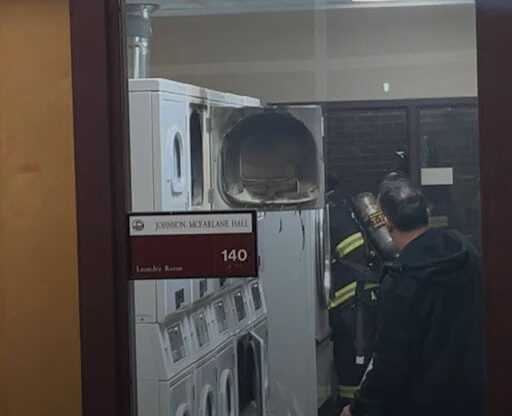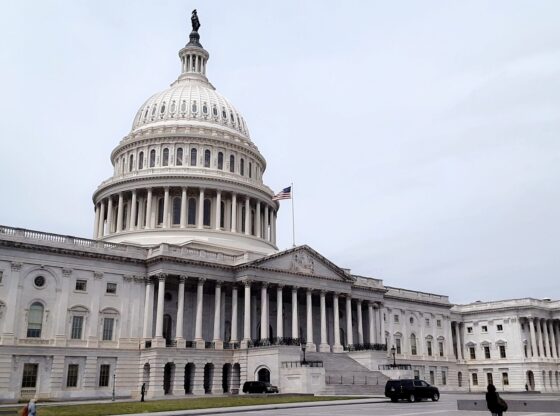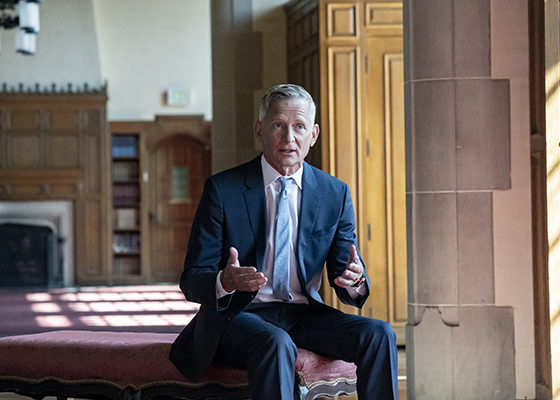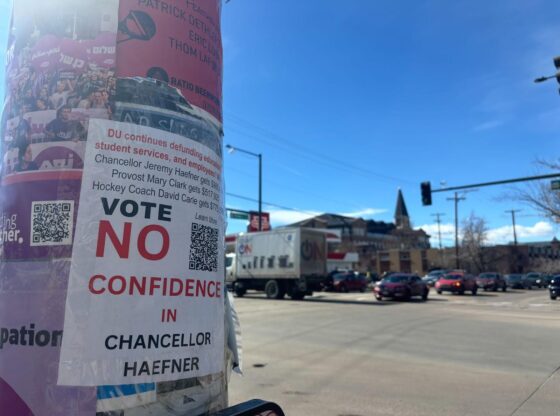The neighborhood surrounding DU campus may very well be called University for the simplest of reasons (namely, that there is a university here), but the distinction also indicates the significant influence a campus can have on a neighborhood and vice versa. The interrelatedness of universities and the neighborhoods that host them, especially in more urban areas, is complicated and sometimes controversial. There is no doubt, however, of the importance of the connection of the two.
Growth and development are major attributes of the role of the university in its area. The Environmental Protection Agency (EPA) has a list of compiled resources relating college campuses to smart growth strategies, and this list signals the variety of ways schools can change and are changing their areas. Universities have a direct effect on land use and can lead the way on smart development if coordinated efforts are made. Mixed income housing, sustainability and business development are examples of this. Universities also not only teach but analyze policy and therefore extend into law, planning and even public safety. It is also not uncommon for universities to provide what the EPA calls “technical assistance” to local governments and organizations. Trainings and research projects fall into this category. This list is thorough, so let’s allow for some further analysis.
Housing and real estate are key components in the argument of the impact of universities, and these things involve straightforward economic elements as well as more social ones. Growth plans can rely on the presence of the institution and the population it attracts. Businesses can often cater to students and faculty, and there is an annual cycle that occurs with the school year. This can be thought of as direct purchase of goods and services: the university supports the neighborhood economy in this way. Housing is also a major area. Universities, including DU, have housing partnerships and resource connections, and it is common for housing to be a main point of development around college campuses. Influence on development can bring energy to neighborhoods that might not otherwise be there without the school.
This can become an even more intentional effort as well. The University of Chicago is an example of a college that has turned its focus to the revitalization of its neighborhood through several different programs aimed at attracting mixed income families to the area around campus. This ties into the EPA’s idea of smart growth: coordinated efforts of a university and a city can lead to precise planning aimed at the most needed areas of growth. Campuses can also provide a cultural benefit through programming and community outreach. These plans are often supported by the infrastructure that will usually already exist around campuses: close maintenance of sidewalks and roads as well as access to public transportation makes a neighborhood even more attractive for all residents.
From this economic standpoint, however, universities also have effects that are not as clearly positive. Population growth related to a university can have varying levels of benefit. As mentioned earlier, the use of goods and services in the area can bolster local economy, though negative impacts on the job market are also possible. For example, the spouses or families of incoming professors will also be seeking jobs, leading to more competition with those already living nearby. Housing prices also have varying effects. Pricing up because of neighborhood desirability or pricing down for students can both cause changes in the character of the neighborhood, and neighbors may not be pleased. All possible impacts of university-driven development, not just positive ones, need close scrutiny.
Whether it is deliberate or not, DU, like all other universities, is central to the evolution of the University neighborhood. This topic merits more discussion, but even for those not involved in planning and development, the reason to pay attention to these facts is to be more aware of how we are perceived by the neighborhood around us and what we may do to have stronger and more helpful relationships between us. Although there is much focus on how the university impacts our area, we also rely on the area and the benefits that it offers to us. These should be ongoing considerations, and the more of us on campus who put thought into what our neighborhood character should be like, the more productive those considerations will be. This is the University neighborhood not just because DU is physically here but because there is a deeper relationship in which we can all take part.











